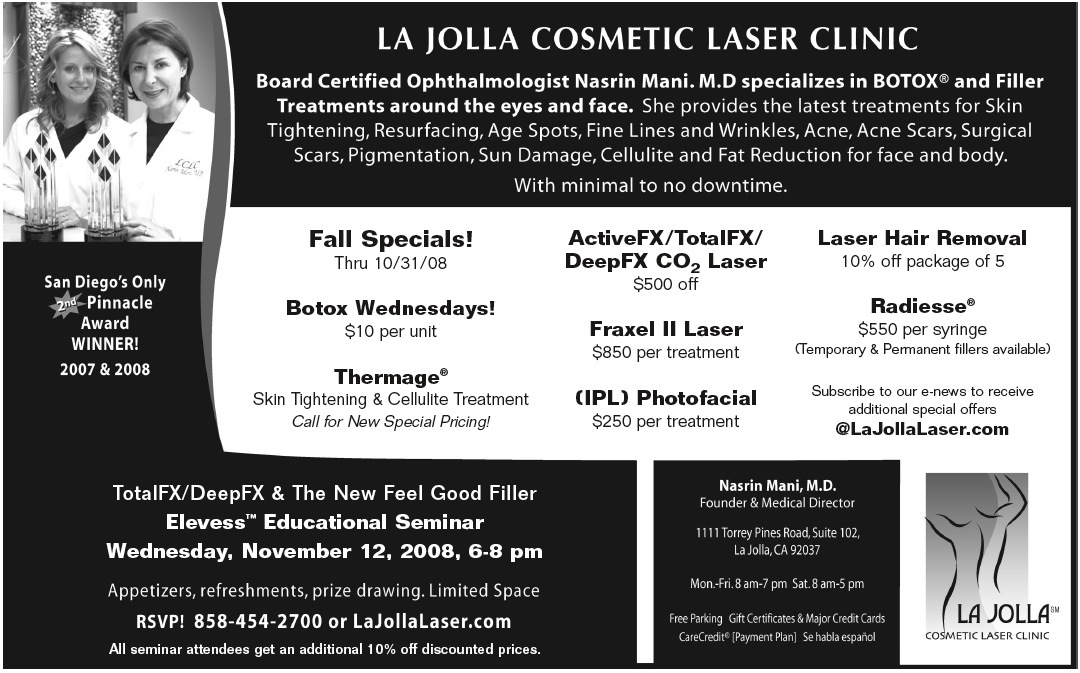Response Oriented Selling course there last fall and they're still going strong.
Like many professionals, medical-type advertisers have serious blind spots with their advertising, thinking that including anything more than pictures of themselves and a laundry list of what they do makes them look too pushy, unprofessional (especially in front of their peers), and perhaps even desperate.
As I've mentioned more than once in my posts, the key to driving serious local ad sales in this recession lies in your ad staff's ability to convince the prospective advertiser (or the one about to cut back) that changing their ad and making a major investment is going to pay off big.
Not by simply showing them an effective ad and hoping they give it a try.
Instead, by first eliminating all those incorrect theories that lead them to believe your newspaper is too expensive, that they don't need to run very big or frequently, and that their ad isn't the problem. Since most businesses think advertising is subjective, a creative process, and anyone's opinion is valid, proving their ad is the problem--and the new ad is the solution--can be virtually impossible with out the right skill set.
Here's what San Diego Reader ad director John-Paul Franklin wrote about this ad:
"Using your Response Oriented Selling method I was able to get an advertiser who had a terrible 1/2 page ad (and who was thinking of cutting back to a 1/4 page because of bad results) to bump up to a junior page color ad with a new and great design based on your principles. It has been about eight weeks and the client is getting great results and they are sticking with the bigger/smarter ad."
After John-Paul helped the advertiser learn a new approach to direct-response advertising, he set about applying the techniques to their old ad.
In this example, the solution was relatively simple. Apart from getting more people seeing the ad, the ad needed to focus not on the services they offer, but what people really care about when getting laser treatments. Like, "How good are these people?" and "Am I going to look better or worse after the procedure?". You know, minor things like that.
That's the big change John-Paul made for the advertiser, and according to his email, it made all the difference. Instead of shrinking their ad, they increased it's size a lot, and the client's finally making money.
Skin-care centers like these need to work harder to attract customers during this recession because, in this economy, there are fewer people in market for such upscale services, even in San Diego.


